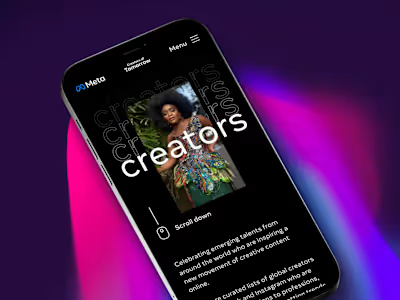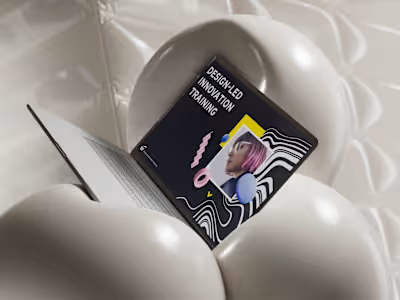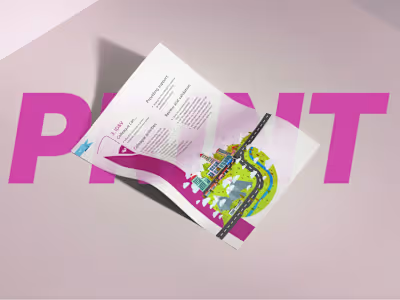Revance: Compliance Platform
Revance: Bespoke Internal Platform

Introduction
Roles & Contributions
My Role:
Lead Product Designer responsible for discovery, IA/UX, prototyping, behavioural design, validation and design direction.
Midnight:
Primary developer and project management. Implemented the platform, contributed to feasibility and refined interactions during development. Midnight also managed much of the UI effort with an external freelancer.
Note:
Interface design elements in the mockups are rebuilt by me, derived from the original effort, and don't represent the interface and design language delivered to the customer.
Impact Highlights
70% reduction in SaaS tools (from multiple systems to one platform)
45% faster task completion for sales reps
60% compliance engagement (proxy based on simplified journeys + behavioural nudges)
40% admin oversight time via optimised dashboards
Single, scalable platform replacing fragmented compliance workflows
Context
Revance’s distributed sales team managed compliance across fragmented tools, disconnected communications and inefficient workflows. Engagement was low, progress was difficult to track, and compliance processes created unnecessary operational load.
The opportunity was to design and build a bespoke, centralised platform that unified compliance, communication and oversight into one scalable system for both mobile-first sales reps and desktop-based admin users.
Objectives
Reduce complexity across compliance workflows
Improve communication and engagement
Increase training retention using behavioural design
Create a mobile-first experience optimised for field reps
Streamline admin oversight and improve visibility
Build a modular platform capable of replacing legacy SaaS tools
Understanding Phase
Research & Insight
Discovery workshops, asynchronous question decks and interviews revealed clear patterns across the two primary personas:
Sales Reps (mobile-first)
Conversations with reps revealed the everyday reality of working between appointments, often in cars, airports or remote locations with variable connectivity. Compliance wasn’t a low priority — it was simply poorly designed for the environments in which they operated. Long modules felt intrusive, task visibility was unclear, and switching tools created friction at every turn.
Overwhelmed by switching between multiple tools
Limited clarity around task status and compliance deadlines
Engagement friction due to disruptive, long-form training
Intermittent connectivity affecting tool reliability
Admin Users (desktop-first)
Admins were deeply knowledgeable but had limited tools to support their work. One described their workflow as:
A constant loop of checking tools, sending emails, and hoping nothing falls through the cracks.
This reframed the challenge: the platform needed to reduce cognitive load, give context to actions, and support both user groups in ways the existing tools simply couldn’t.
They needed clarity, oversight, prioritisation and structure — not another feed.
Limited visibility across user progress
Manual oversight of multiple communication channels
Fragmented content and document management
High reliance on external SaaS tools for everyday work
Personas were refined using both stakeholder input and direct user interviews, ensuring insights aligned across experience, environment and constraints.
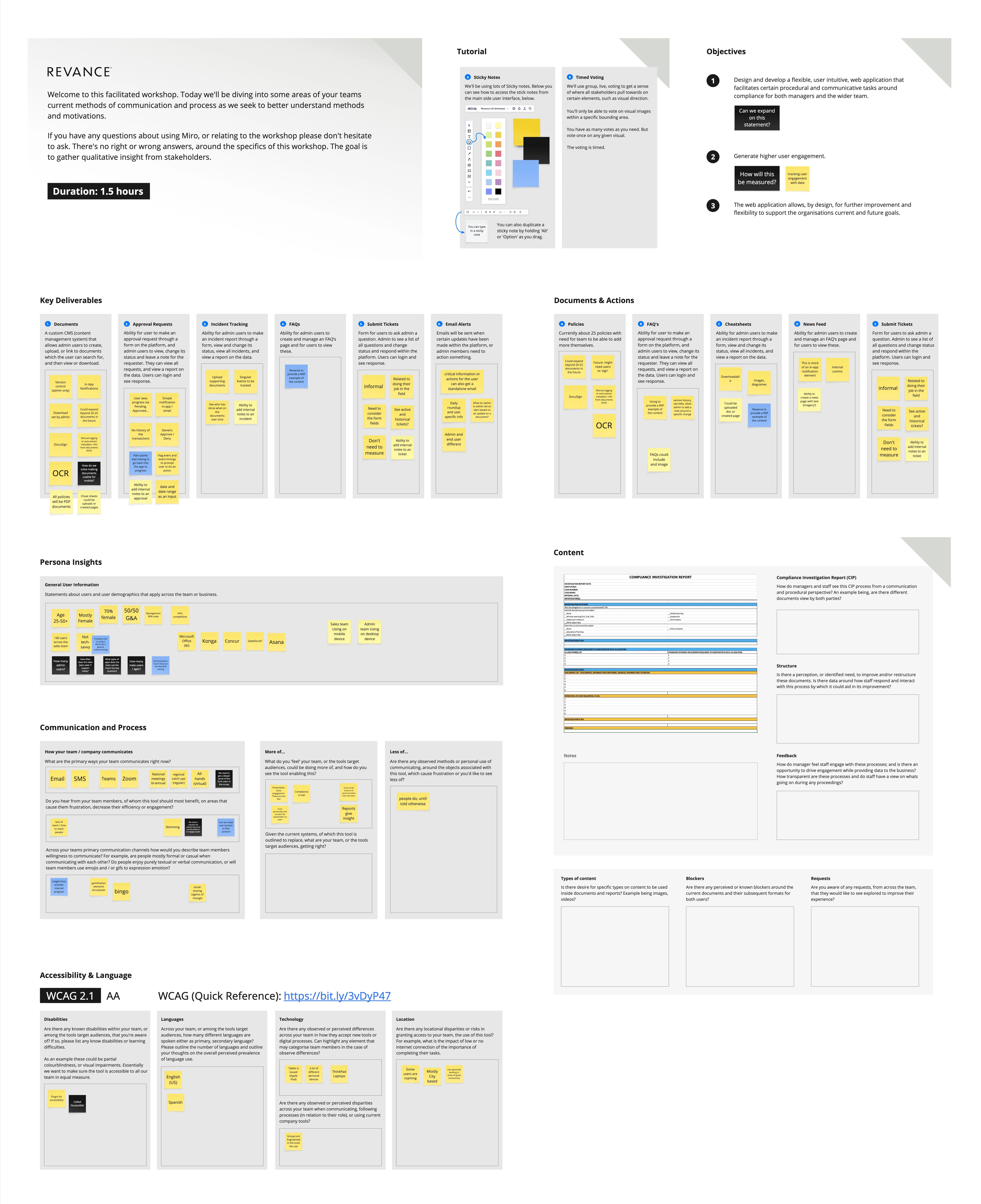
An early Revance workshop Miro
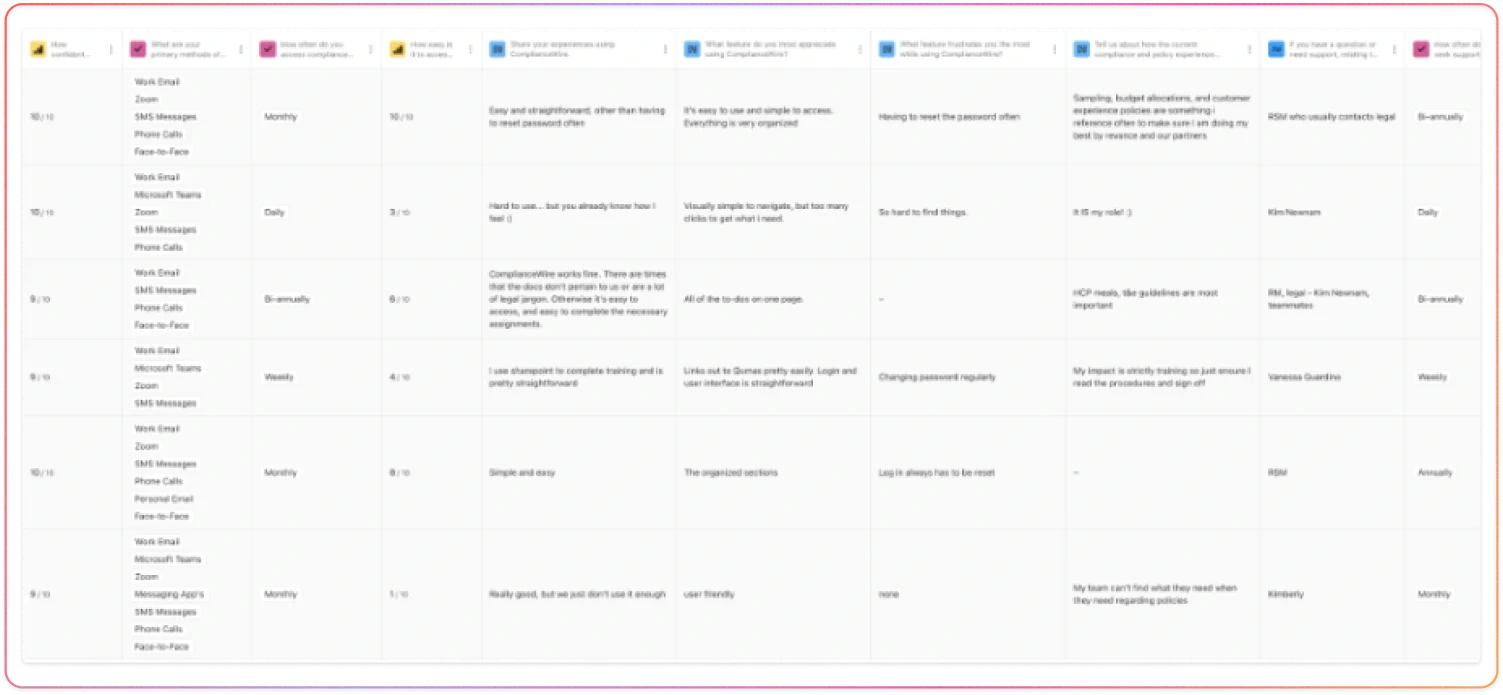
Explore Phase
Ideation grounded in research and behavioural science
A major challenge emerged early: compliance engagement and retention were consistently low — a trend strongly supported by academic research.
Sitzmann & Weinhardt (2018) highlight that employees often treat training as an obligation rather than a meaningful learning experience, leading to low engagement and weak retention.
Aguinis & Kraiger (2009) emphasise that high-quality training only delivers value when content resonates and is reinforced.
These findings directly informed our design direction.
Introducing gamified micro-interactions
To address engagement, we prototyped micro-assessment interactions embedded in the user feed:
Short, visually engaging MCQs surfaced periodically
Designed for repeat, low-friction engagement
Reinforced key compliance points without disrupting workflow
Provided admins with real-time insight into knowledge gaps
This behavioural approach aligned with research principles: activating intrinsic motivation (achievement, mastery) while reducing cognitive load.

Designing Tailored Experiences
Sales Reps (Mobile-first)
We designed an experience optimised for quick, on-the-go interaction:
Thumb-zone navigation
Prioritised task cards
Offline-resilient micro-tasks
Reduced journey length for compliance completion
Admins (Desktop-first)
Admins required oversight, efficiency and clarity:
A multi-panel dashboard showing compliance status, priorities and outstanding tasks
Structured, threaded communication with attachments
Tools for monitoring engagement, understanding comprehension and intervening earlier
Compliance templates enabling a long-term move toward paperless workflows
These flows informed the dual IA model, ensuring each user group received an experience tailored to their environment and responsibilities.
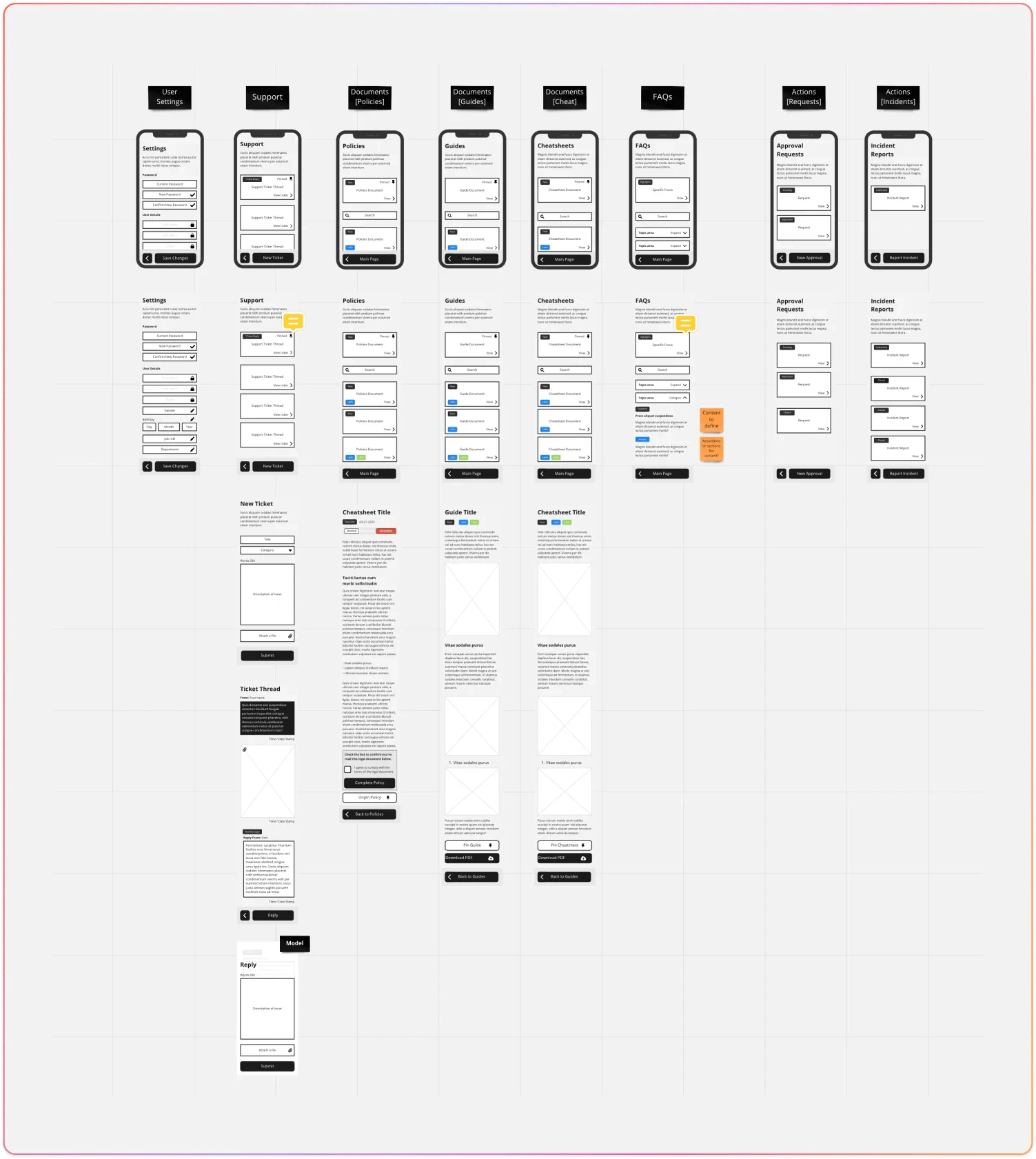
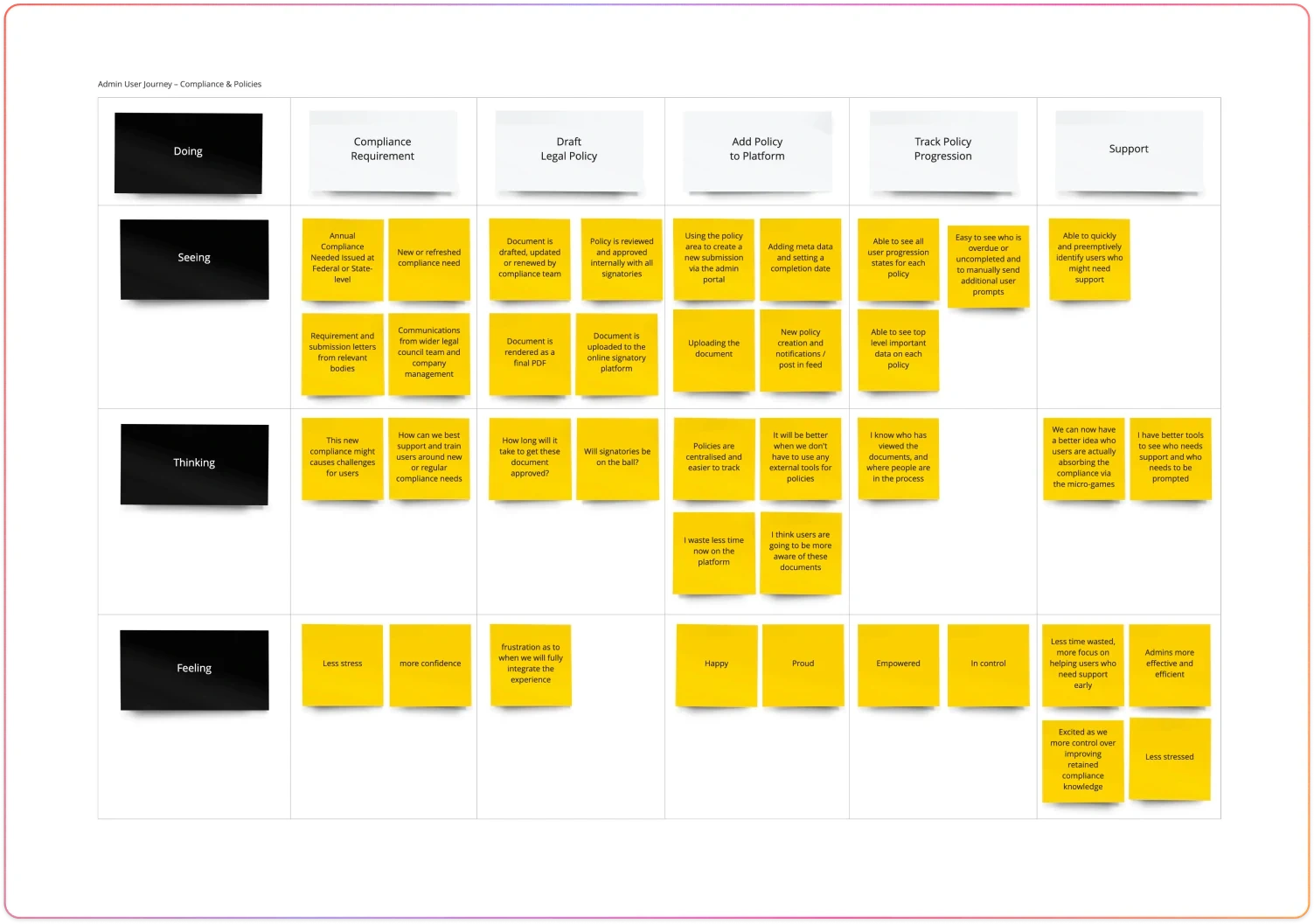
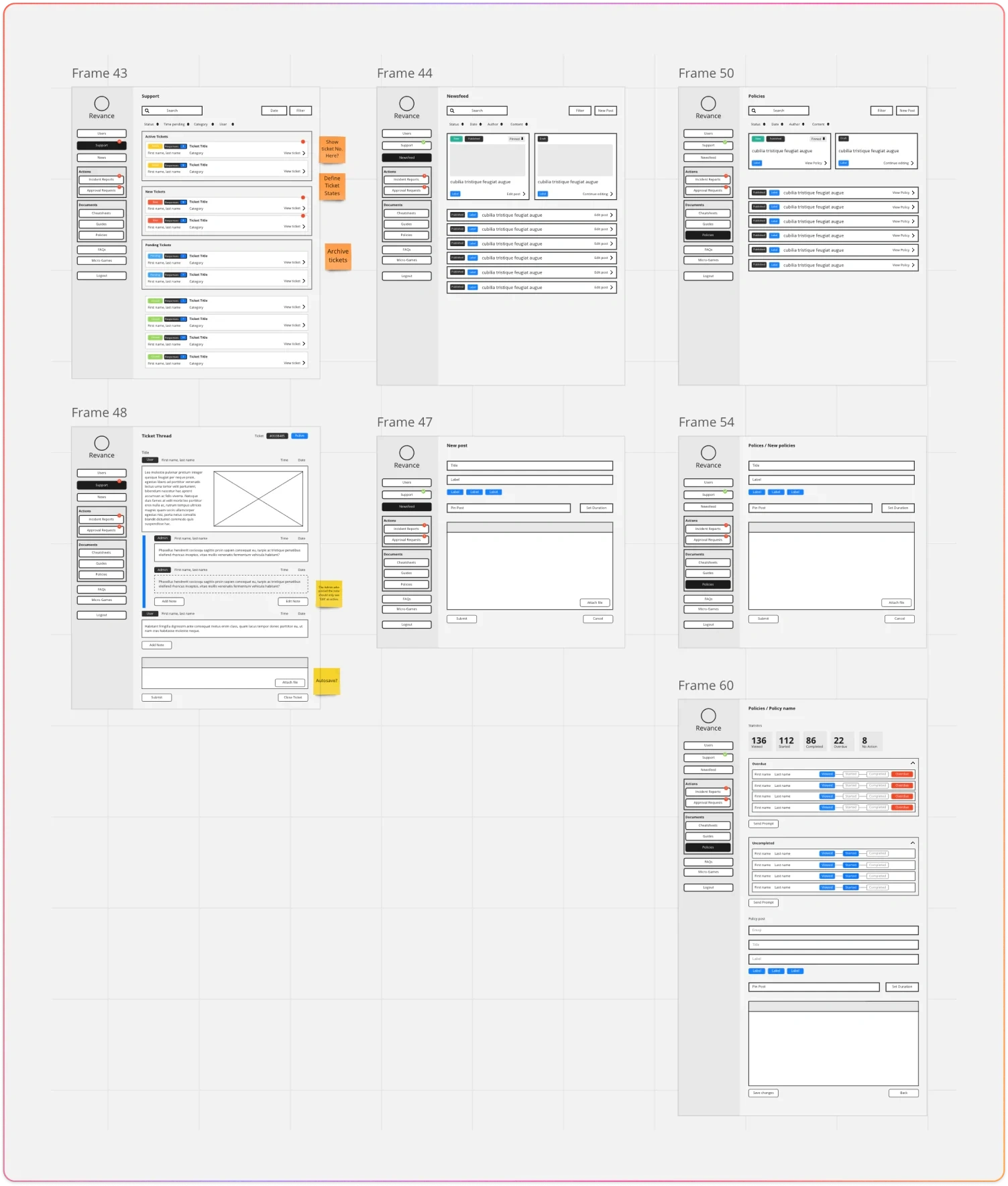
Materialise Phase
Validation & Implementation
Wireframes and flows were validated through multiple iterations with stakeholders, engineering partners and an external interface designer.
Key Improvements from Validation
Admin Landing Page Rebuild
Shifted from a feed-style view to a data-rich dashboard with quick actions and compliance insights — reducing oversight time and improving clarity.
Threaded Communication System
Enabled admins to track user conversations, interventions and attachments in a structured, auditable format.
Mobile-first Flow Refinements
Streamlined the steps required for compliance completion, reducing friction points and aligning with field users’ constraints.
These refinements ensured the implemented platform matched real-world behaviours and organisational context.
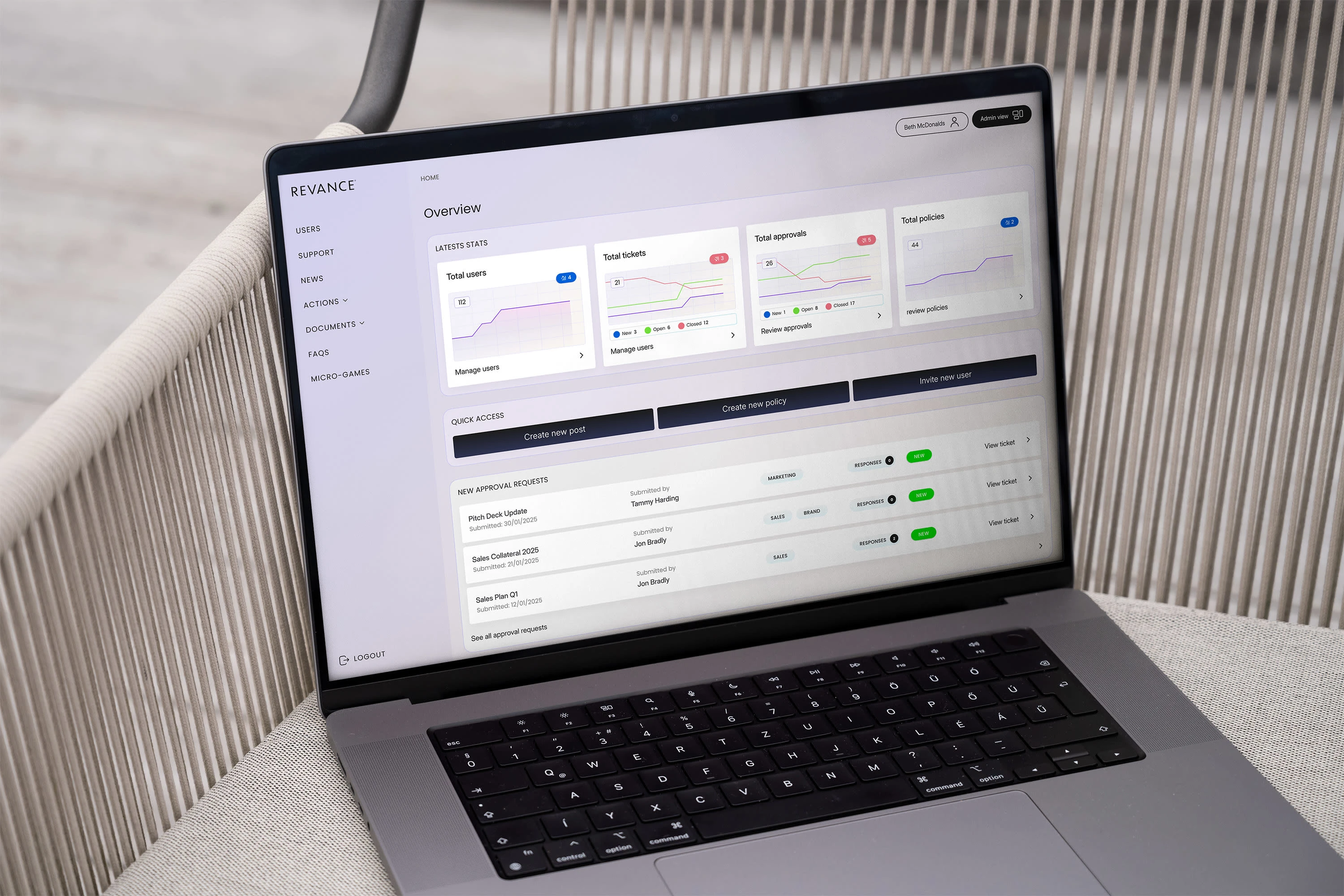

Outcomes & Impact
Business Impact
Consolidated multiple SaaS tools into one bespoke platform
Lowered cost and operational overhead across teams
Faster onboarding due to simplified, unified workflows
User Impact
Increased engagement via behavioural design and micro-assessments
Reduced friction for mobile users with simplified, thumb-optimised flows
Higher retention through periodic reinforcement of compliance content
Operational Impact
Greater visibility for admins, reducing manual tracking
More reliable workflows through clearer communication threads
Centralised updates, maintenance and content management
Learnings & Future Opportunities
Learnings
Stakeholder alignment significantly accelerated clarity and adoption
Further direct research with sales reps would unlock deeper behavioural insight
Cross-functional collaboration can be strengthened for future iterations
Iterative, feedback-driven design proved essential as requirements evolved
Opportunities
Expand compliance templates to support fully paperless processes
Introduce analytics dashboards for real-time engagement and retention insights
Extend the platform to other operational teams
Enhance offline-first capabilities for low-connectivity environments
📚 References
Sitzmann, T., & Weinhardt, J. M. (2018). Training engagement theory: A multilevel perspective on the effectiveness of work-related training.
Aguinis, H., & Kraiger, K. (2009). Benefits of training and development for individuals and teams, organizations, and society.
Like this project
Posted Sep 1, 2023
Craft a versatile, user-friendly app, aiding compliance tasks for managers and a distributed sales team. Replaces multiple SaaS tools, forming a central hub.
Likes
2
Views
107





